Risk management can be challenging at the best of times. Storms can mean a precarious period for businesses, so planning for poor weather conditions can help your business run smoothly and prevent costly claims.
Stay ahead of the storm
The need to keep your property maintenance schedule up to date is never more pressing than in winter. There is the possible onslaught from high winds and rain that can leave properties worse for wear. Not to mention the threat of flying debris that can cause damage to properties and be a safety hazard for people.
Prepare for the worst and you could save yourself a lot of trouble.
Be alert to flood risk
Time and tide wait for no one, so there’s no time like the present to be sure that you’ve taken the necessary precautions to protect your property against flooding. You should also have a damage prevention strategy in place just in case your property is flooded, despite your best efforts, so that you know your business would be able to recover. T
Take positive precautions against storms
- Elevate critical stock and equipment off the ground or relocate it to an upper floor.
- Ensure fuel storage tanks are securely fastened or anchored to reduce potential pollution or damage in case of flooding.
- Consider raising power sockets, phone connections, servers and cabinets to a higher point such as 1 metre or above expected water levels.
- Develop a Flood Emergency Response Plan (FERP) and subscribe to flood alert warnings such as the Environment Agency scheme.
- Inspect building drainage systems at least once a year and regularly check the building for structural defects through which water could enter and seal them.
- Consider moving any stock kept in open yards to better shelter, and higher ground, wherever possible.
Keep staff, customers and property safe during storms
If property is at risk of damage at this time, below are some tips to help keep your customers safe and reduce loss to property and possessions. Please bear in mind it will take insurers longer to get an emergency contractor out, as they will be prioritising those who find themselves in the most vulnerable circumstances.
- Keep away from the sheltered side of boundary walls and fences - if these structures fail, they will collapse on this side.
- Remember that felt flat roofs only have a limited life expectancy and they need to be regularly checked.
- It is unlikely that contractors will be able to carry out any repairs until the weather conditions improve and they will only be able to work in daylight.
- If there is considerable damage in any particular region there may be a shortage of building contractors so it may take a little while before an emergency contractor can be provided by us.
- Carry out any temporary repairs to prevent further damage but don't put yourself at risk, and make sure you keep any receipts or invoices for work carried out. However, don't use your own tradesman for full repairs unless you have been advised by insurers to do so.
Do:
- Close and secure loft trapdoors with bolts, particularly if roof pitch is less than 30 degrees
- Enter and leave your house through doors in the sheltered side, closing them behind you
- Ensure that any slipped/cracked slates and tiles are fixed or replaced as soon as possible
- Look out for cracked or loose cement around ridge tiles or chimneys and get them repaired; replace any brickwork and fill cracks in rendering
- Turn off gas or electric supplies if appropriate and you or a member of your team knows how to do so
- If you smell gas, call the gas emergency number on 0800 111 999 and visit National Grid's website for advice
- Watch out for flying debris and loose electrical wires in and around your building. Approach buildings with caution as structural damage may already have occurred
- Make the area safe and mitigate loss if possible – however, do not dispose of any damaged materials as insurers may ask to see this
Don't:
- Don’t go outside to repair damage while the storm is in progress
- Don’t walk too close to walls, buildings and trees as they could have been weakened
- Don’t wade through flood waters – it’s possible that you could be swept away, or injured by loose debris or unknown chemicals. There’s also a risk that live electrical currents may travel through the water
- Don’t light candles in a flooded building in order to see: there could be flammable liquids or live currents in standing waters
Coping with the aftermath
What to do once the damage has been done:
- Report your claim as soon as possible or contact us should you need any assistance. It would be helpful to have your insurance documents to hand when you call. Be sure they have a phone number they can reach you on at all times.
- We/Insurers will be able to advise you of the best course of action, depending on the severity of the damage.
- Carry out any temporary repairs to prevent further damage but don’t put yourself at risk, and make sure you keep any receipts or invoices for work carried out. However, don’t use your own tradesman for full repairs unless you have been advised by your insurer to do so.
- It is always a good idea to make a list of any items damaged and to take photos of the damage where possible.
- You should ensure your safety and keep clear of areas of loose roof coverings or damaged walls.
- If it is safe to do so, salvage your belongings to prevent further damage - but without putting yourself at personal risk.
- If there is water coming into the property and it’s safe to do so, move contents to upper floors or higher areas to prevent further damage.
- Remove any covers on airbricks to enable any trapped water to escape and air to circulate.
- Never use the gas or electrical supply in a flooded property until a qualified person checks everything and tells you it is safe.
Mitigating Losses
Most policies carry a responsibility to mitigate your losses. If it is safe and practical to do so, this may be achieved through:
- Moving equipment or stock upstairs or out of the way of rising flood waters
- Consider what is salvageable – is equipment or machinery repairable?
- Take steps to minimise the ingress of water, such as sandbags or flood barrier defence systems
- Undertaking temporary repairs if it is safe to do so (however take plenty of photos and videos prior to doing so, and be mindful not to make the damage worse)
Making a claim
It’s important that you don’t get rid of any damaged materials, even if there is an urge to clear your space. Insurers will routinely ask for evidence of specific damage, so make sure you store the damaged items safely and clearly before taking pictures as evidence.
Photos are critical when making a claim, so make sure you take plenty of images before starting any clean up: insurers would rather see lots of photos detailing damage, rather than not be able to see exactly what you are making a claim for. Only take the photos once it is safe to do so and make sure you do not cause more damage to the items or yourself.
If it’s safe to do so, consider marking the “high water marks” on internal walls. As the water subsides, this will show the extent of any potential flood damage.
If you have CCTV on your premises, then we also recommend that you keep the video files from the time of the damage, as this will increase the evidence and likelihood of payment being made.
You may be asked to provide proof of ownership of some items – if receipts or invoices are available, start to collate them for any damaged goods.
To get in touch with our claims department, to advise them of damage or to get some advice, please call 01439 739731 or email careclaims@towergate.co.uk
Business insurance from Towergate
At Towergate we don’t just offer traditional insurance broking: we believe that prevention is better than cure. That is why we have our own risk management consultancy focusing on pre-loss mitigation and business continuity, and have developed our own business interruption calculator.
We engage actively with insurers and our clients to obtain protection for businesses of all sizes. Our wide range of covers help protect your organisation should the worst happen.
See our range of specialist business insurance or contact your local office.
We are passionate about tackling the unprecedented levels of underinsurance in the UK: watch our video on how to avoid this for your business:
 About the author
About the author
Mark Brannon Cert CII is a respected industry leader with over 17 years’ industry experience in a variety of roles within the business insurance sector. He works across a wide spectrum of insurance product and policy development, delivery and optimisation for clients, including claims, insurer relationships, marketing and communications, and risk management.


